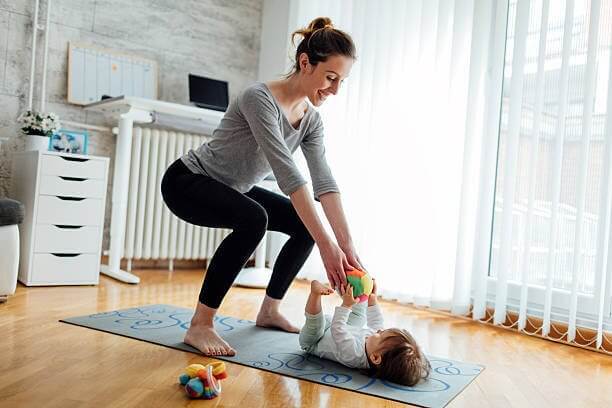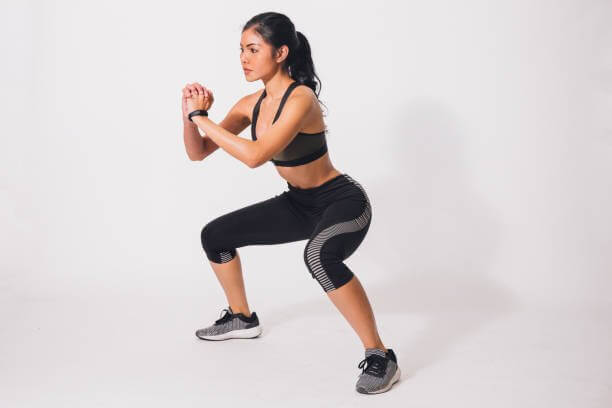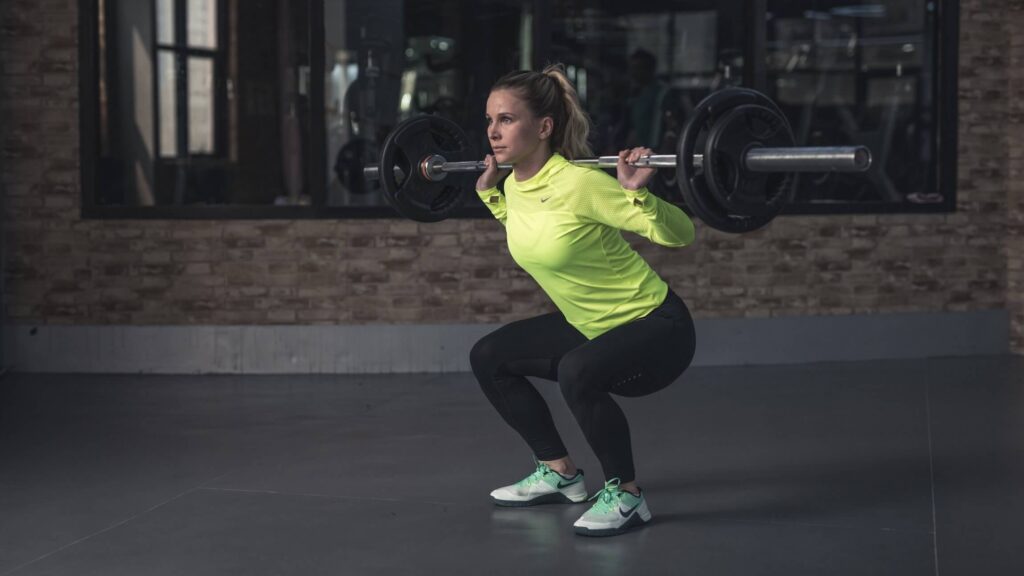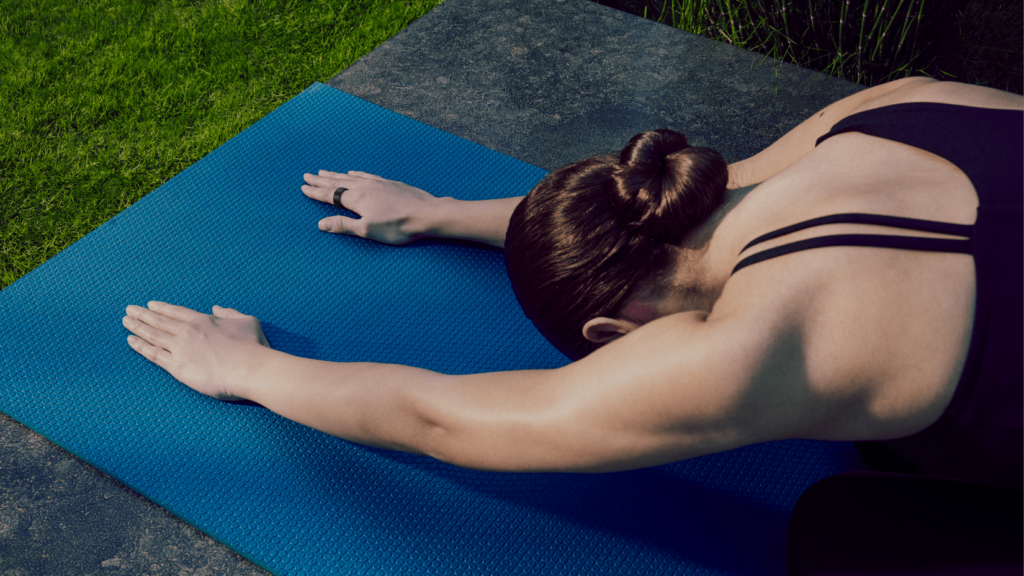Have you ever observed individuals that complain about the pain in their back after doing something as simple as lifting a 10 kg bag of rice? While this could be due to a variety of factors, it’s primarily due to a lack of fitness. Lifting a bag of rice works not only your back but also your arms, hamstrings, lats and, most importantly, your core.
The action is equivalent to performing a deadlift. Proper form, engaging many muscle groups instead of just one and strength are required to do these daily activities and form the basis of functional fitness, which is one way to strengthen and build your muscles to keep them firing for a long time in your life.
Functional training helps your muscles work together and prepare for daily activities through common movements you might do at home, at work or in sports. Using various muscles at the same time in both the upper and lower body, functional fitness exercises emphasize core stability and make sure that you don’t look at the 10 kg rice bag with dread.

Highlights
- Functional fitness exercises contain lots of compound movements that focus on strengthening your core and working for many muscle groups in your body at once rather than isolated movements that focus on only one muscle group,
- Perfecting the movements involved in daily life can help you prevent injury,
- Compound movements loosen up and stretch your hips, chest and back to create versatility in your body.
Benefits of functional fitness for daily movement
The advantages of functional fitness help you avoid unnecessary pains and live a long and active life. Let’s see what some of them are in-depth.
Increased agility and balance
Functional fitness exercises contain lots of compound movements that focus on strengthening your core and working for many muscle groups in your body at once rather than isolated movements that focus on only one muscle group. This isn’t to say that the typical gym workout wouldn’t be good for your fitness—if working out in the gym gives you what you need, then do that!
Functional movements use your own body weight to strengthen your muscles, thereby allowing you to perform the activities in your daily life with better agility and balance as you progress in your functional fitness journey.
For instance, playing basketball needs great agility and balance to control the ball, pass, run and jump to take that 3-pointer while fighting off opponents. Even a simple action such as jumping over a puddle requires you to land strong and avoid that embarrassing fall. Good control over agility and balance gives you a better quality of life.
Prevention of injuries
Perfecting the movements involved in daily life can help you prevent injury. The most common injuries are in the knees and ankles because of one’s inability to change direction quickly and deal with any stresses on the joints. By exercising with proper form, using your bodyweight training and performing joint-strengthening exercises throughout your workouts, the injury-prone areas can deal with hard-hitting movements that are needed in a sport or everyday tasks.
A squat is a perfect example of a functional exercise because it uses many muscle groups, including the smaller muscles we need for stability. It is also an activity that we do in our daily lives. As a parent, for example, you would often find yourself squatting to pick your kid up—and things like toys, etc.—from the floor.
In fact, physiologists have developed exercises that mimic their patients’ activities at home or work to recover properly from an injury or surgery. If a patient’s day-to-day job required repeatedly lifting heavy, rehab would be targeted towards helping them achieve that. Functional training leads to increased stability which leads to holding proper form for longer. This decreases the likelihood of getting injured.
Increased flexibility
Functional training involves lots of movements that require you to use your flexibility and mobility. Compound movements loosen up and stretch your hips, chest and back to create versatility in your body. These movements strengthen your core for better support and stability throughout your spinal cord and back muscles.
Since the training incorporates the use of your entire body, every part offers greater support to other parts of your body. Developing your hips and back strength promotes better posture, decreasing the back’s nagging pain and completing the full circle of wellness.

Various types of functional fitness exercises
We employ many kinds of functional fitness exercises, even unintentionally, in our everyday lives. Practising these exercises with more consciousness will help provide the best results for overall fitness. Let’s see some of them and how they help us specifically.
Squats
A squat is a strength exercise in which you lower your hips from a standing position till you sit and then stand back up. This is one of the most common exercises that you do in activities such as lifting a bag of rice, picking up a child from the floor or taking groceries out from the bottom of the fridge.
During the descent of a squat, the hip and knee joints flex while the ankle joint dorsiflexes (the foot is raised upwards towards the shin); conversely, the hip and knee joints extend, and the ankle joint plantarflexes (top of your foot points away from your leg) when standing up.
Lunges
Lunges not only help you sculpt and tone your lower body, but they also make everyday tasks easier. As one of the basic functional movement patterns, lunges mimic the way we walk, run or climb stairs.
Mountain climbers
As any real mountain climber will tell you, there’s always a new mountain to conquer. The same goes for conquering this exercise in the gym. It helps you prepare your core, your arms and your endurance while also providing mobility in your hip.
Russian twists
Lower back pain is one of the most common complaints that you hear from people, especially above a certain age and in these times, when one has to sit in one place for abnormally long hours. Since this is often due to tight muscles in the lower back, Russian twists are perfect for helping you build a stronger core to prevent back injury and lower back pain.
Push-ups
In your daily life, you will often need to push against objects, from doors and shopping carts to your baby’s stroller. Push-ups can be a good measure of your fitness, allowing you to assess whether you need to push more to keep your body in good working condition.

Tips to start your functional fitness journey
Minimal equipment: This is the biggest benefit of all for functional fitness. It doesn’t require a big investment like a gym membership or lots of expensive equipment. You can do the exercises outdoors or in the comfort of your home.
Ultrahuman’s functional strength training programme by Kara Saunders, the world’s fittest woman, trains you for 8 weeks to build strength, mobility and endurance through her strength and conditioning series. With the use of resistance bands, a skipping rope and a bench, you can perform High-Intensity Interval Training (HIIT) to improve your cardiovascular performance and also learn how to perform your daily activities in the most efficient way.
Slow is fast: Proper form is more important than intensity as a beginner in your pursuit of functional fitness. You can slowly level up your intensity as you progress, but perfecting proper form is more fruitful. It ensures minimal injuries, and you can do your daily activities with no strain.
Think about the long term: The biggest benefit of functional fitness is that you can continue to do it through old age. What’s more, you will have the strength to pick up your grandkids and also not be dependent on someone else all the time to help you move around, giving you the opportunity to age gracefully.
Conclusion
Functional training gives you the benefit of working out according to your daily life. It uses the movements you do every day to work on major muscle groups, giving you great results and reducing the risk of injuries. Depending on your goal, you can move from moderate to intense workouts and work on compound movements that offer flexibility and mobility. Simply follow a few basic exercises like squats, lunges, etc., and you’re on your way to becoming fitter and remaining that for the rest of your life.
Disclaimer: The contents of this article are for general information and educational purposes only. It neither provides any medical advice nor intends to substitute professional medical opinion on the treatment, diagnosis, prevention or alleviation of any disease, disorder or disability. Always consult with your doctor or qualified healthcare professional about your health condition and/or concerns and before undertaking a new healthcare regimen including making any dietary or lifestyle changes.
References








